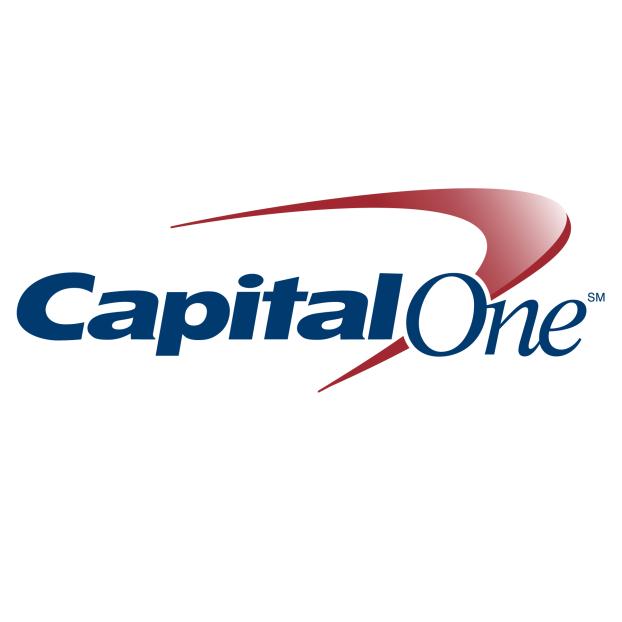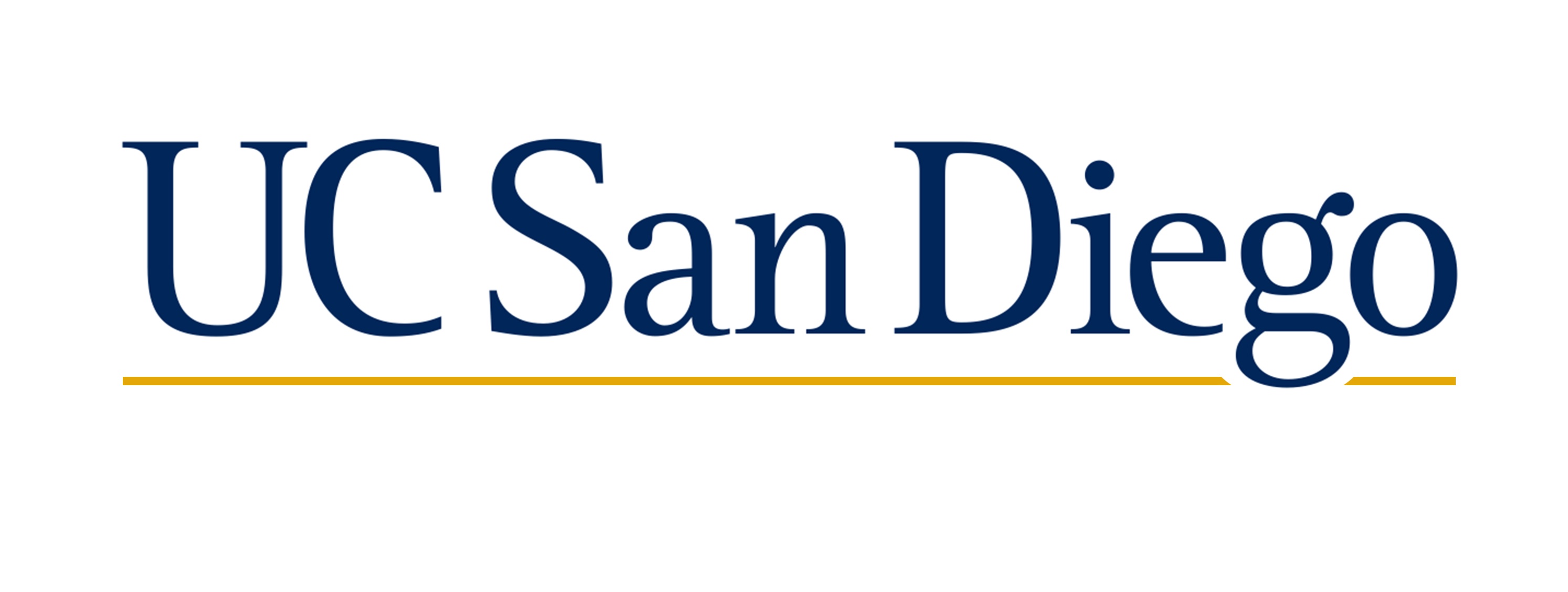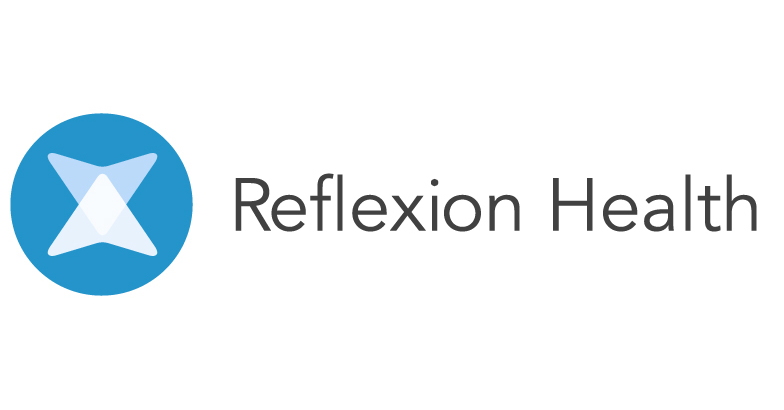*Use the menu icon in the top left to navigate to any of these sections directly
EXPERIENCE

- A Summer of SRE
- Key Tech: Terraform, Bash scripting, Docker, Basic AWS
The experience I had at Capital One during the summer of 2020 was a thoroughly enjoyable one. Things started out a little rough. As the program was designed more for semester school students, I was actually balancing school and work for 2 weeks which was a little tough. However, I made it work and Capital One were very understanding of my situation. After those two weeks, things became much more enjoyable and the summer seemed to breeze by. My partner and I were tasked with adding a security gate onto the CICD pipeline at Capital One. Sounds important, right? When I first heard of the project I was pumped to be writing code that would go into production.
I started out writing a Dockerfile that would contain the third-party software that would end up serving as the security gate. I found Docker to be really simple to use and easy and I appreciated that fully when total coding time wasn't all that long. Then came the next stage. It took us roughly an hour (our mentor was going slow to show us the steps admittedly) to rehydrate the AWS instance. This wasn't feasible in the long-term and therefore I was tasked with writing the Terraform scripts to be able to quickly rehydrate and create/destroy AWS instances as needs be. This was extremely challenging as Terraform proved a bit more challenging than Docker, but in the end, I was so happy to be able to see a running AWS instance because of my Terraform apply. After spending my time down in the AWS weeds with 502 and 504 errors, it was nice to see the result of my hardwork. This was supposed to be all that was expected of our group this summer. My partner did an amazing job writing Typescript scripts to run the Jenkins job as soon as a PR occurred. This was great and meant we were well on our way to completing the project.
All that was left was to write a bash script that would headlessly install the third party software on the AWS instance and migrate the database from the previous instance. This again was a little challenging, but nothing that a little brain power can't solve and eventually, the script was also completed. All in all a great summer and one that I look back on with fond memories. I'm really proud of the work my partner and I did. I'm also grateful that Capital One even chose to hold their internship program as many of my friends weren't so lucky.
UC San Diego - Center for Digital Learning

- Time to try my hand at textbooks.
- Key Tech: Coursera MOOC building, Java core principles
After Reflexion Health, I actually got a job on campus for the 2019/2020 school year. As a design intern, I'd be designing and creating a pratice curriculum to go along with a fully online textbook. This textbook is designed to be free and available for students of all economic backgrounds and specifically prepares students for the AP Computer Science A exam. Part of my decision to work on this project is my belief that every should have equal access to education, regardless of their socioeconomic background.
I would write Java practice questions asking students what code they'd need to write to create different classes and objects. Another example is asking them to produce a random number between a given range. I actually quite enjoyed doing these as it was a little blast from the past for me and again, I got to see my work go out into the real world. I would also create the answer key for these questions and I learnt just how hard it was to be a teacher. I suggest anyone who's reading this and has never created a practice test, to do one right now just to see how long it takes to write the test and the answer key. I think it would surprise you how long it takes to come up with wrong answers.
Another aspect to this job was helping to create a MOOC (Massive Online Open Class) for teachers across America so they could get familiar with the textbook. This was done in the hope that they could either become a computer science teacher, or start using the textbook in their class. To date, there are over 100 teachers nationwide using the textbook in their classrooms everyday as their primary tool of instruction, and that number continues to grow as more teachers become used to the idea of using an online textbook. If anyone, wants to check out the textbook and some of my practice questions, take a look at this link: Click here to see the textbook!
REFLEXION HEALTH

- The Internal Tool
- Key Tech/Methodologies: .NET, MVC Design Pattern, Agile
As far as first real job experiences go, Reflexion Health was probably as good as it gets. Getting to come into work everyday in the heart of downtown San Diego was a blessing. In terms of the actual work, it was also pretty great. My project for the summer was to great an internal tool for the full time engineers that would detect errors before they went into production. The tool's functionality extended a little beyond that and it actually gained the nickanme, "The Coffee Shop" because the engineers would run the tool first thing in the morning, and would let it run while they went and got themselves some coffee. My role was as more of a full-stack person, creating everything from the UI to the backend of the tool.
I started off creating a sourcetree-lite product. The engineers didn't want to have to jump around to multiple different apps just to get started at work and therefore I first needed to add functionality to my tool that would allow the user to fetch and pull any new changes. Then I moved on to the main hope for the tool, error detection. A lot of errors occurred only once the dependencies were built and the entire codebase was put together. A one-off issue would be fine, but this was happening quite frequently. Therefore, my tool utilized the previously created Nunit tests and would build an inverse dependency tree to help us figure out if any of the dependencies would cause issues later down the line. While it may sound quite easy, playing around and syncing up the different components between Nunit and my C# files with bash scripts proved difficult.
My tool was written using the Model View Controller design pattern and it actually proved really useful, when 3 months later, I started taking a class on design patterns. Shifting to .NET from Java was a little troubling at times, but manuals and youtube tutorials were always a huge help and by the end of the summer I realized that all languages have their quirks but for the most part are the same.